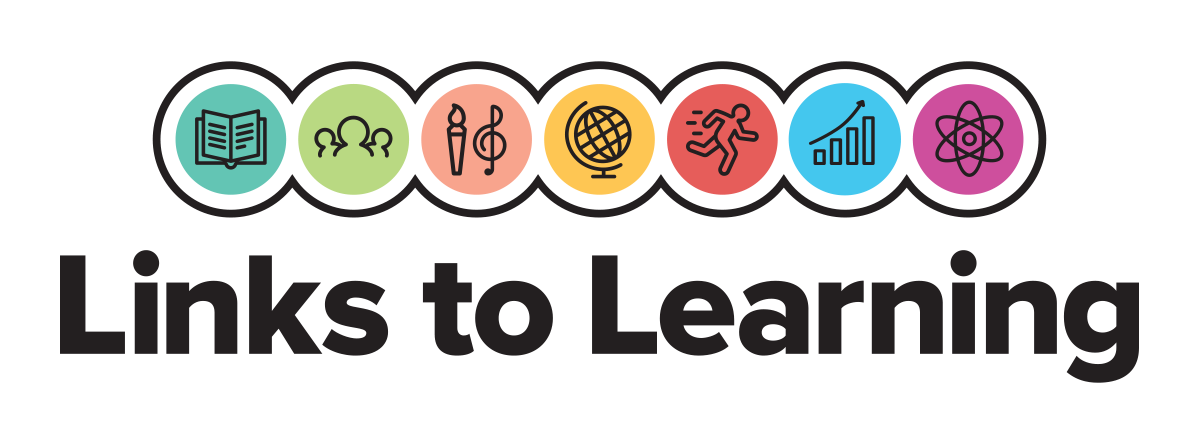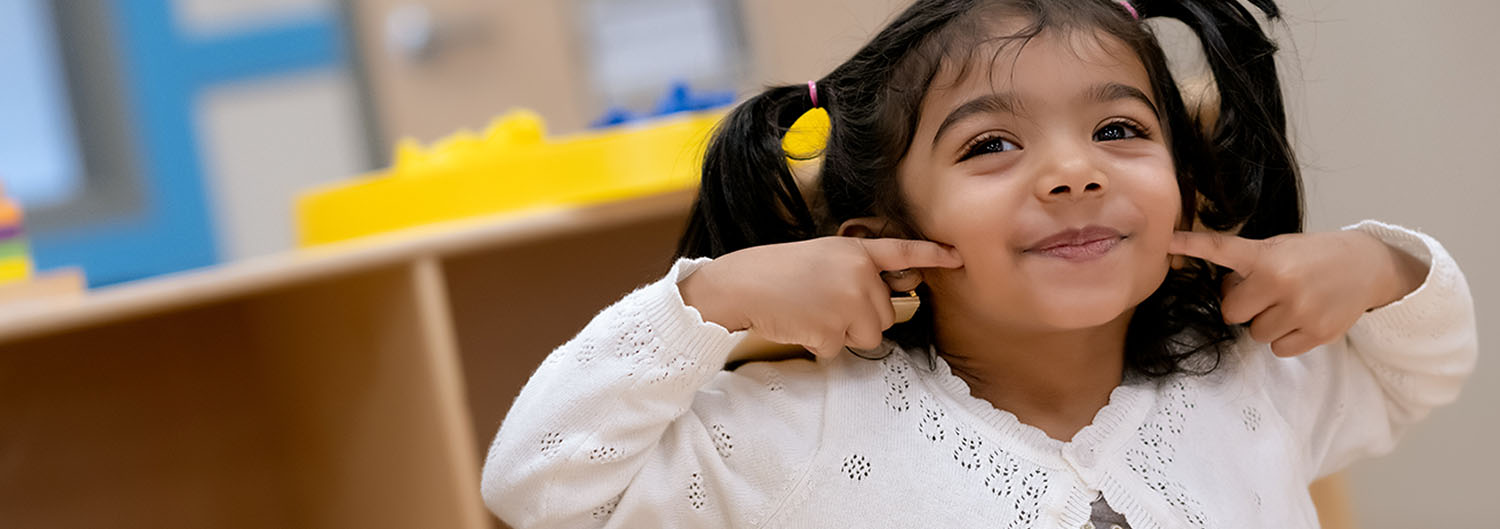- View All
- Topics
- Search
Topics
Blog Archive
-
2025 (5)
- March (2)
- February (1)
- January (2)
-
2024 (28)
- December (2)
- November (3)
- October (2)
- September (3)
- August (3)
- July (3)
- June (2)
- May (2)
- April (2)
- March (2)
- February (2)
- January (2)
-
2023 (15)
- December (2)
- November (2)
- October (2)
- September (1)
- August (1)
- July (1)
- June (1)
- May (1)
- April (1)
- March (1)
- February (1)
- January (1)
-
2022 (13)
- December (1)
- November (1)
- October (1)
- September (1)
- August (2)
- July (1)
- June (1)
- May (1)
- April (1)
- March (1)
- February (1)
- January (1)
-
2021 (15)
- December (1)
- November (1)
- October (1)
- September (2)
- August (1)
- June (1)
- May (2)
- April (1)
- March (2)
- February (2)
- January (1)
-
2020 (11)
- December (1)
- October (2)
- September (1)
- August (1)
- July (1)
- May (2)
- March (1)
- February (1)
- January (1)
-
2019 (12)
- December (1)
- November (1)
- October (1)
- September (1)
- August (1)
- July (1)
- May (2)
- April (1)
- March (1)
- February (1)
- January (1)
-
2018 (12)
- December (1)
- November (1)
- October (1)
- September (1)
- August (1)
- July (1)
- June (1)
- May (1)
- April (1)
- March (1)
- February (1)
- January (1)
-
2017 (12)
- December (1)
- November (1)
- October (1)
- September (1)
- August (1)
- July (1)
- June (1)
- May (1)
- April (1)
- March (1)
- February (1)
- January (1)
-
2016 (12)
- December (1)
- November (1)
- October (1)
- September (1)
- August (1)
- July (1)
- June (1)
- May (1)
- April (1)
- March (1)
- February (1)
- January (1)
-
2015 (12)
- December (1)
- November (1)
- October (1)
- September (1)
- August (1)
- July (1)
- June (1)
- May (1)
- April (1)
- March (1)
- February (1)
- January (1)
-
2014 (6)
- December (1)
- November (1)
- October (1)
- September (1)
- May (1)
- April (1)




Ways to Use the Concept of Money to Make Learning Fun
Using money is an especially fun way for children to learn math skills, as well as important social/emotional concepts such as the rewards of hard work and delayed gratification.
Below are some activities that you can try at home with your child.
Play a matching game. Place a pile of pennies, nickels, dimes and quarters in front of your child. Ask him to identify the coins and sort them by type. If your child is in Pre-K, ask him to also determine each coin’s value.
Take your child grocery shopping. Give your child coupons, and ask him to help you find the pictured items in the store. It’s a fun scavenger hunt game, as well as a great opportunity for you to talk about saving money. Say the price of the items as you place them into your cart, for example, “Bananas are usually 50 cents each, but we saved 15 cents by using a coupon.”
Read books about keeping money safe. With your child, read the book Bunny Money by Rosemary Wells. Afterward, ask “How did Ruby keep her money safe? What are some ways that you can keep your money safe?” Consider giving him a piggy bank or small wallet.
Play money-related board games. Play Monopoly Junior with your child. Ask, “How much does that property cost?” and “Do you want to spend your money now or do you want to wait for something else?” He’ll learn that he may have to wait before he can buy something he really wants, and that his money is gone when he spends it.
In our classrooms, teachers use dramatic play to reinforce the concept of money. Students create stores using cardboard boxes, art supplies and toy cash registers, and take turns being shoppers and cashiers. They create a shopping list, look for the items they need, and pay for their purchases.
By setting this foundation in the preschool years, children will be better able to comprehend advanced math concepts in elementary school, and will be more likely to make wise and informed money decisions in the future.